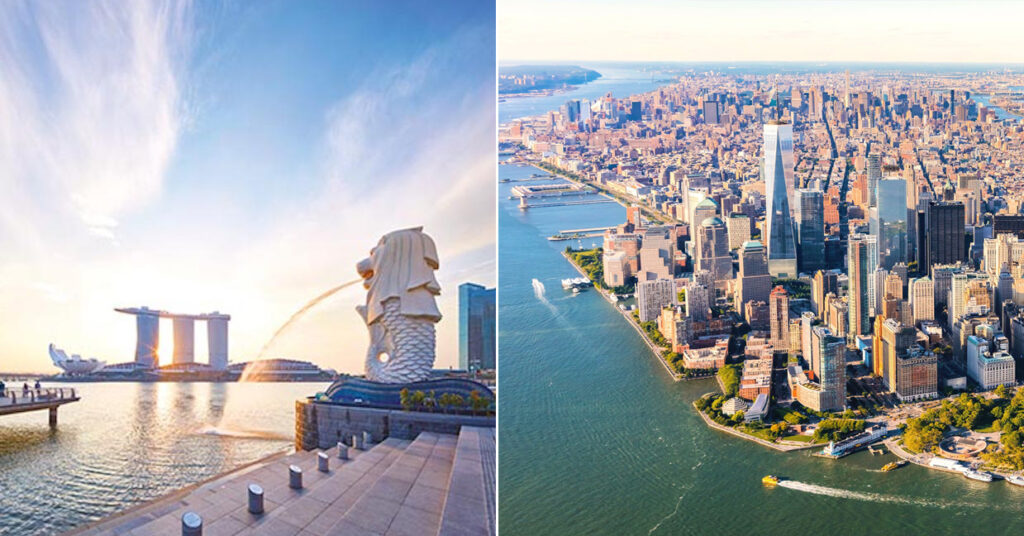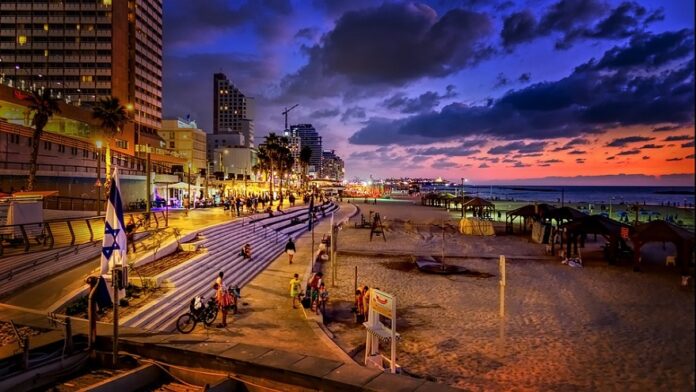1

If you live in a city, you know there are are a lot of advantages. There are a lot of job opportunities, a lot of places to eat, dependable public transportation, and numerous well-known theatres, clubs, and museums. Of course, the old axiom is true. “Nothing in life is free.”
The world’s best and biggest cities come with a price. Living in these world-famous metropolises, rent is high, restaurants can charge a hefty price for a meal, and paying $20.00 for an adult beverage is often the norm. According to info from the EIU or Economist Intelligence Unit, the cost of living for those living in the big city has dramatically risen in the past five years. Their economists also add that the cost of living “may continue to rise in 2022.”
While they expect to see “wages increase in many sectors”, they also believe that there will be an increase in “interest rates…to stem inflation.” The official head of Worldwide Cost of Living at EIU, Upasana Dutt, also told the press that they compared more than “400 individual prices” on over 200 services and products “in 173 cities to determine the world’s most expensive” cities. He noted the “[p]rices were converted into U.S. dollars and compared” to those of the study’s “base city, New York City,” which was assigned “an index score of 100.”
Thus, we can see how the official cost of living in an American metropolis such as New York City compares to that of such international cities as Hong Kong and Paris. Here then, are the world’s 10 most expensive cities in which to live.
The World’s 10 Most Expensive Cities To Live In
1. Tel Aviv, Israel
This UNESCO Cultural Heritage Site is actually the most populous metropolis in the Gush Dan area of Israel. This sun-soaked city is located on the Mediterranean coast. It was slotted in at number five last year.
This year, however, it climbed to the top slot with an official “cost of living score” (CLS) of 106. This is due to the strength of the country’s shekel versus the US dollar. Additionally, 2021 saw a significant rise in the cost of both transportation and groceries.
(Continued on next page)











